Confronting confrontation
 I would never want to encounter a leader frothing at the mouth, wandering around like a mad dog looking confrontational. “Yeah, I just can’t wait to rip into an employee.” And if by chance I did, I would never tolerate or subject myself to such demeaning and abusive behavior. Confrontation just isn’t something that most people seek out. There isn’t anything about confrontation that feels good. Yet, it’s something that leaders have to deal with. The question is: How do you confront confrontation?
I would never want to encounter a leader frothing at the mouth, wandering around like a mad dog looking confrontational. “Yeah, I just can’t wait to rip into an employee.” And if by chance I did, I would never tolerate or subject myself to such demeaning and abusive behavior. Confrontation just isn’t something that most people seek out. There isn’t anything about confrontation that feels good. Yet, it’s something that leaders have to deal with. The question is: How do you confront confrontation?“I don’t like confrontation,” is a statement that leaders tell me all the time. My response is always, “Who does?” However, dealing effectively with confrontation is an ability leaders need to make “peace” with. In a leadership role, the first step is to accept confrontation for what it is: a conversation that seeks to resolve a problem or situation that has the potential to become emotional. Add one more essential element: It is a conversation that must be done without procrastination.
Consider these no-compromise thoughts to effectively confront confrontation:
- You are the voice of the company: It’s your job to speak on behalf of your company. When you avoid, procrastinate, or engage in the conversation, but candy-coat the issue, you are compromising the wellbeing of the company, its employees and customers. Engaging in difficult conversations is what you signed on for when you accepted the role of leader.
- It’s not about you: If you get a ticket for speeding, you were speeding. The police officer gave you a speeding ticket because you chose to speed. When dealing with behavior or performance issues, you are addressing the chosen behaviors of employees that compromise the standards and culture of the company. Don’t make it personal.
- Keep the conversation safe: It’s natural to anticipate that an employee will negatively react during a confrontational conversation. When the conversation begins, you’re looking for that anticipated reaction which can trigger a more aggressive response from you. It’s like a trap you set for yourself. When the conversation gets aggressive on either side, the natural reaction is “fight or flight.” And that’s when things get ugly. It’s your job to keep the conversation safe and focused on achieving the desired outcome.
- Avoid “I-just-want-to-get-it-over-with” thinking: Of course you want to get the conversation over with. But you can’t keep the conversation “safe” when your tactic is to drop a bomb and see what happens. These conversations take time, so give them time.
- So, you like to procrastinate: Here’s a Neilism: “Giving into a leadership blockage today gives you a bigger problem tomorrow.” Avoiding confrontational conversations is what I call a leadership blockage. The longer you avoid a problem, the bigger it gets. And the bigger it gets, the more emotional and volatile the conversation can become. No-compromise leadership means, “If it needs to be done - get it done.”
- Flip it: Simply changing your perspective to “coaching” can help you work through a confrontational conversation. Help an employee reach his or her full potential by coaching them. “Stop doing that” is not coaching. Asking an employee how he or she could have approached a situation differently and discussing alternatives feels a whole lot better than initiating a verbal battle.
- And then there are those tough ones: Yes, there will be those conversations that fail to reach the desired resolution. They become heated and don’t end well. These are learning opportunities to grow as a leader. No-compromise leaders aren’t perfect - but they sure try to get better every day.
- - - - - - - - -
Please share your thoughts with me about today’s Monday Morning Wake-Up. Click below to comment.
Neil Ducoff, Founder & CEO of Strategies and author of No-Compromise Leadership
Pass this e-mail on to your business colleagues, managers and friends. They’ll appreciate it.








Comments
No comments found. Start the conversation!
Leave a Comment